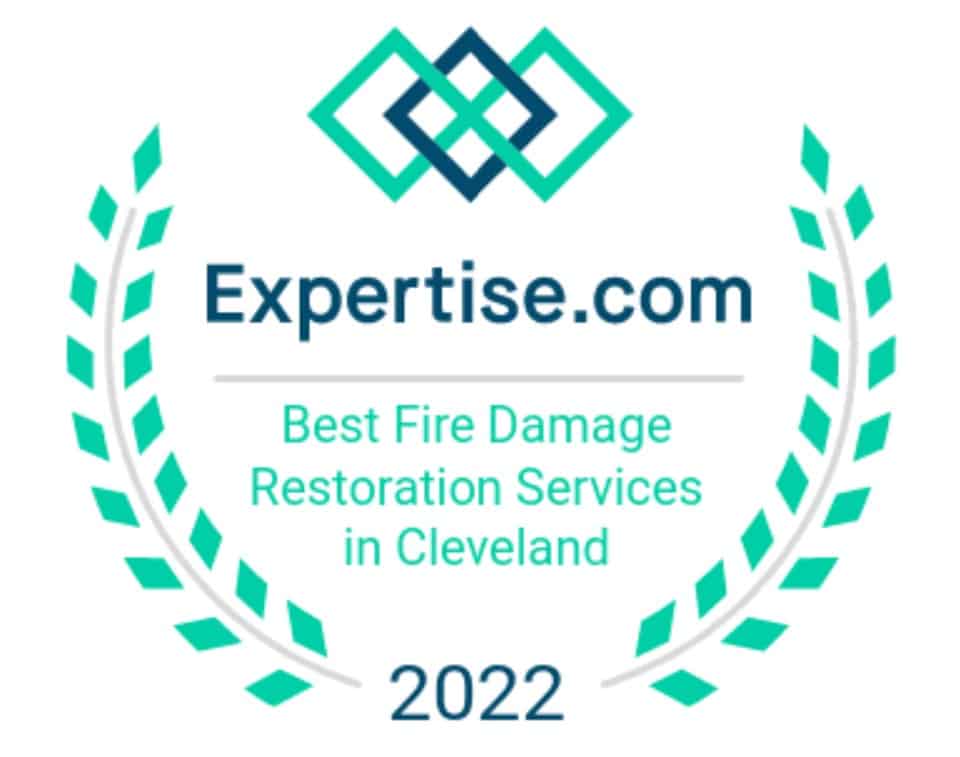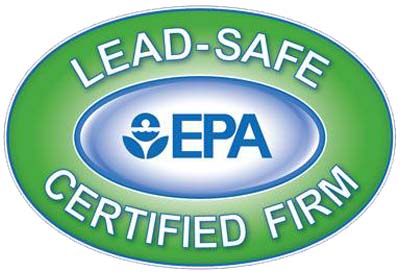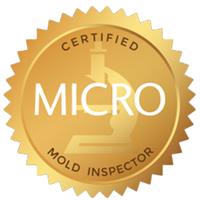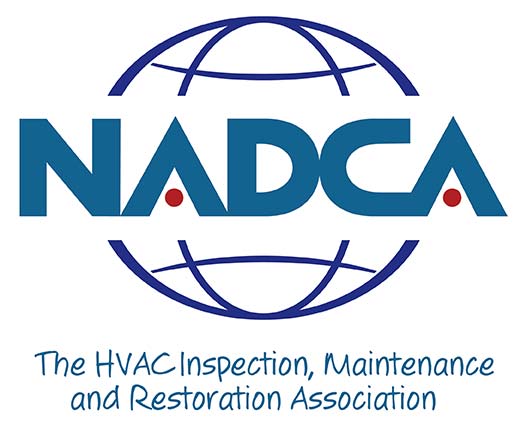When it comes to sewage cleanup, time is of the essence. It’s crucial to deal with contamination quickly, and the challenges can be overwhelming. Where do you start?
In this guide, we’ll navigate the steps of sewage cleanup together, from understanding the types of contamination to outlining the immediate actions you need to take. The importance of professional assistance cannot be overstated in such situations, and we’ll explore why relying on experts is crucial for effective and safe cleanup.
Let’s dive into the essential aspects of sewage cleanup, ensuring that you have the knowledge to handle these tricky situations with confidence.
Table of Contents
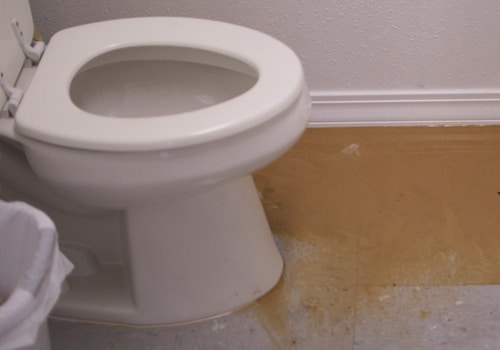
Understanding Sewage Contamination
Sewage contamination comes in different forms. Common types include overflow from sewers, septic system issues, and storm water runoff.
Depending on how contaminated the water is, it can either be classified as category 2 (grey water) or category 3 (black water.) Grey water may contain some contaminants, like soap, chemicals, and even urine. It typically comes from household appliances such as washing machines or dishwashers, but can also come from overflowing toilet bowls (as long as no feces are present.) Category 3 water (black water) is sewage-contaminated and poses a higher health risk. It may contain pathogens and hazardous materials, often originating from sources like sewer backups or floodwaters. Proper precautions and professional assistance are crucial when dealing with Category 3 water damage. Read more about wastewater classifications from the Institute of Inspection Cleaning and Restoration Certification.
Exposure to sewage comes with many serious health hazards. The harmful microorganisms in sewage, such as bacteria, viruses, and parasites, can lead to various infections. Gastrointestinal issues, skin infections, respiratory problems, and other illnesses may result from contact with contaminated water or surfaces.
Immediate Steps to Take After a Sewage Incident
- Call a professional immediately. Don’t wait to get the advice and help of a qualified professional. This will make the cleanup process safe and thorough.
- Prioritize safety. Wear protective gear like gloves and masks if you are unable to evacuate quickly. Avoid direct contact with contaminated water.
- If possible and safe, stop the water source.
- Turn off electrical power to the affected area if it is safe to do so.
- Open windows for ventilation.
- Take photos for insurance claims before cleanup begins.

DIY Cleanup Vs. Hiring Professionals
If Trying the DIY Route
If opting for DIY cleanup, the primary focus should be on personal health and safety. Complete steps 2-6 outlined above before moving on to the cleaning process.
After these steps have been completed, your next action should be to remove standing water with a wet vacuum or a mop. In situations where electrical power cannot be turned off safely, use extreme caution as standing water may conduct electricity.
Once standing water has been removed, it’s time to begin disinfecting. Use a bleach solution, and make sure to open windows for ventilation.
Calling in the Pros
The Case for Professional Cleanup
While DIY cleanup may be tempting, it comes with too many risks to be recommended. Sewage carries harmful bacteria and toxins, posing serious health hazards. DIY efforts also lack the thoroughness needed, leading to lingering contamination. Professionals bring expertise, protective gear, and industrial-grade equipment to ensure safe and effective cleanup.
Thorough Cleaning and Disinfection
Professionals make use of specialized cleaning agents and disinfectants to ensure a complete and effective removal of contaminants. This goes far beyond what typical household cleaning products can achieve. The goal is not only to address visible signs of sewage but also to get rid of hidden risks.
Preventing Secondary Damage
Professionals also focus on preventing secondary damage, such as mold growth. Mold can begin growing within 24-48 hrs if the affected area is not fully and immediately dried. Experienced professionals will use advanced drying techniques and equipment to respond to this risk, ensuring a total and long-lasting solution.
Cost-Benefit Analysis
While professional cleanup services come with a financial investment, the long-term health benefits and the peace of mind they provide far outweigh the initial costs. Homeowners can rest assured that their property is thoroughly cleaned and restored, and feel safe knowing that they don’t have to worry about the potential health risks associated with sewage contamination.
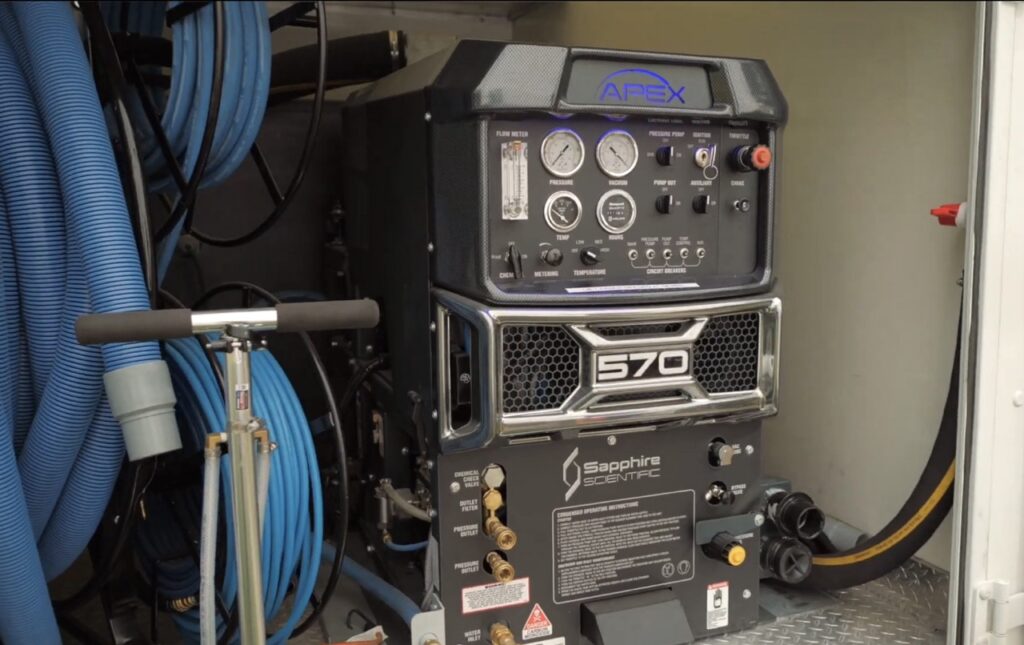
The Role of Professional Sewage Cleanup Equipment
Smart sewage cleanup involves using specialized tools. Equipment used by professionals to detect moisture, dry, and sanitize is designed to tackle these unique challenges. Professional teams use a range of tools to handle various parts of the cleanup process.
High-powered pumps extract standing water efficiently, removing sewage and minimizing the risk of further damage.
Advanced moisture detection tools play a crucial role in finding hidden pockets of water that may hide contaminants. By locating these areas, professionals make sure that cleanup is complete. This reduces the chance of stubborn issues sticking around. Industrial-grade disinfectants and antimicrobial agents are used to sanitize affected surfaces, lessening the health risks that come with sewage exposure.
Air scrubbers and dehumidifiers are also essential parts of the process. Air scrubbers help filter and purify the indoor air by removing particles and contaminants, helping to keep the environment healthier during and after cleanup. Dehumidifiers play a vital role in moisture control, preventing the growth of mold and mildew.
The effectiveness of these specialized tools plays a big role in achieving total sewage cleanup. While some homeowners may attempt DIY cleanup, the lack of access to such advanced equipment can weaken their chances of getting through the process successfully. Professionals, with their specialized tools and technology, can promise a more efficient and effective restoration. This not only prevents potential health hazards but also long-term damage to the property.
In summary, the use of specialized equipment is a cornerstone of professional sewage cleanup. These tools, ranging from pumps to moisture detectors and air purifiers, allow for comprehensive cleaning, disinfection, and moisture control. Investing in professional services gives you access to the necessary technology, providing a more reliable and thorough solution to sewage contamination issues.
Dealing with Structural Damage
Sewage exposure can wreak havoc on a property’s structural integrity, so it is imperative to address potential issues promptly. Structural damage may not always be immediately obvious, and thorough inspections by an experienced professional are how you identify hidden problems.
One common consequence of sewage exposure is the weakening of building materials. Porous materials, like wood and drywall, can absorb sewage, leading to decay and compromising their strength. Over time, this can result in structural issues such as sagging floors, warped walls, or even foundation problems.
Thorough inspections play a crucial role in uncovering these hidden structural issues. Professionals can assess the extent of damage, identify compromised materials, and give recommendations for necessary repairs. Ignoring structural damage can lead to more serious issues down the line, and the importance of early detection and intervention can’t be overstated.
Dealing with structural damage quickly not only guarantees the safety and stability of the property but it also helps prevent further deterioration. Professional inspections and repairs are essential parts of effective sewage cleanup, protecting the long-term integrity and safety of the building.

Preventing Future Sewage Problems
Once your sewage incident has been taken care of, breathe a sigh of relief and enjoy having your life back to normal!
Then, consider if there are any preventative steps you could take to avoid having to deal with similar issues in the future. Sometimes, unlucky sewage situations are completely beyond our control. But oftentimes, there are smart decisions you can make now that could save you from any more unexpected sewage woes.
- Regular Inspections: Conduct regular inspections of plumbing and sewage systems. Look for signs of leaks, corrosion, or blockages. Noticing issues early can prevent more serious problems later on.
- Proper Disposal: Avoid flushing items that can clog drains or toilets, such as wipes, hygiene products, or excessive amounts of toilet paper. Dispose of grease and cooking oils in the trash instead of pouring them down the drain.
- Tree Root Management: If you have trees on your property, pay attention to their root systems. Tree roots can invade sewer lines, leading to blockages and damage. Consider professional advice on managing tree roots near sewage lines.
- Septic System Maintenance: If your home has a septic system, follow a regular maintenance schedule. Pump the septic tank as recommended, and be cautious about what goes into the system to prevent overloading.
- Install Backflow Prevention Devices: Install backflow prevention devices to avoid sewage backup into your home during heavy rainfall or flooding. These devices help maintain a one-way flow in sewage lines.
- Sump Pump Maintenance: If you have a sump pump, make sure that it is in good working condition. Regularly check and maintain the pump, especially before the rainy season, to prevent basement flooding.
- Grade Your Property: Ensure proper grading around your property, directing water away from the foundation. Poor grading can lead to water pooling around the foundation, increasing the risk of water and sewage entry.
- Educate Household Members: Educate everyone in your household about responsible water usage and proper disposal practices. Teach them what should and shouldn’t be flushed or poured down drains.
- Prompt Repairs: Address plumbing issues promptly. Whether it’s a leaking pipe or a malfunctioning sewage pump, quick repairs can prevent minor issues from escalating into larger and more costly problems.
- Professional Inspections: Periodically hire professionals to inspect your sewage system, especially if you notice unusual odors, slow drains, or gurgling sounds. Professionals can identify potential issues before they become emergencies.
Wrapping it Up
We’ve looked at why sewage problems can happen, why you should take them seriously, and how to move forward when dealing with one. We hope that you are encouraged by all of this information, and feel confident tackling your own sewage challenges!
The team at Cleveland Water and Fire wants to be your first line of defense in fighting sewage contamination. You can give us a call us 24/7, and a team member will usually be out within the hour to take a look at the damage and plan next steps with you. Don’t wait or try to handle sewage cleanup on your own, get in touch!



